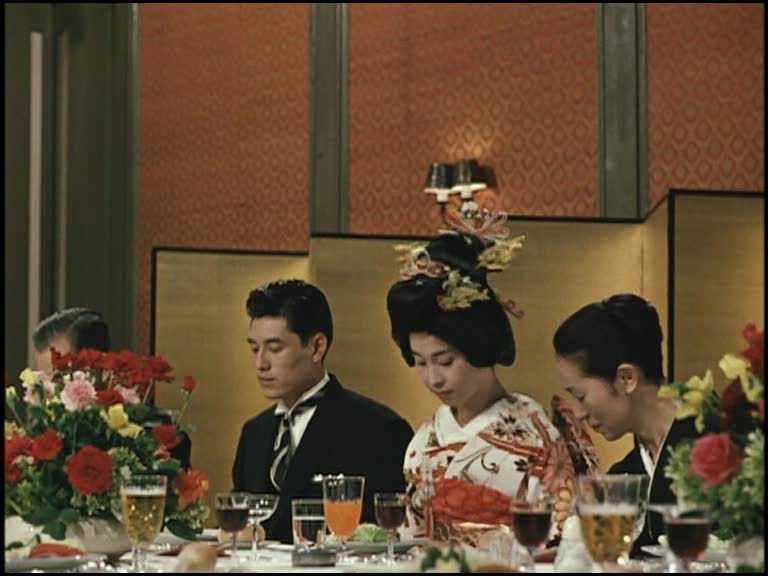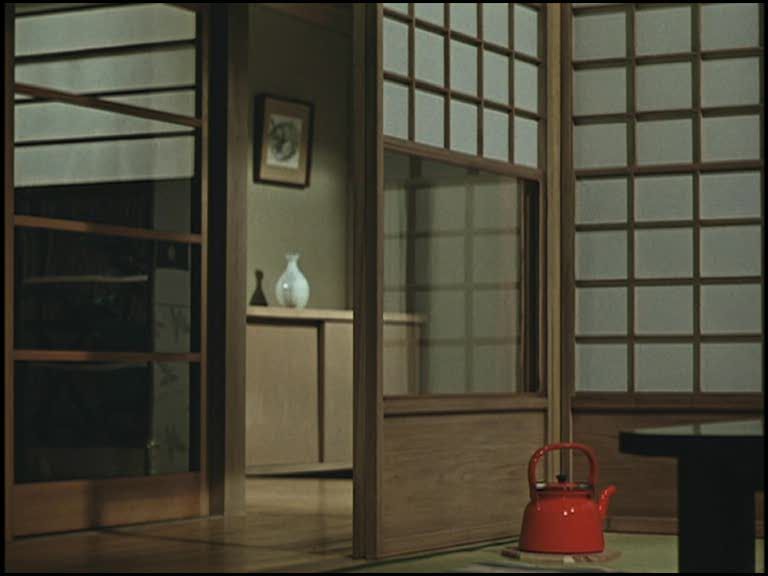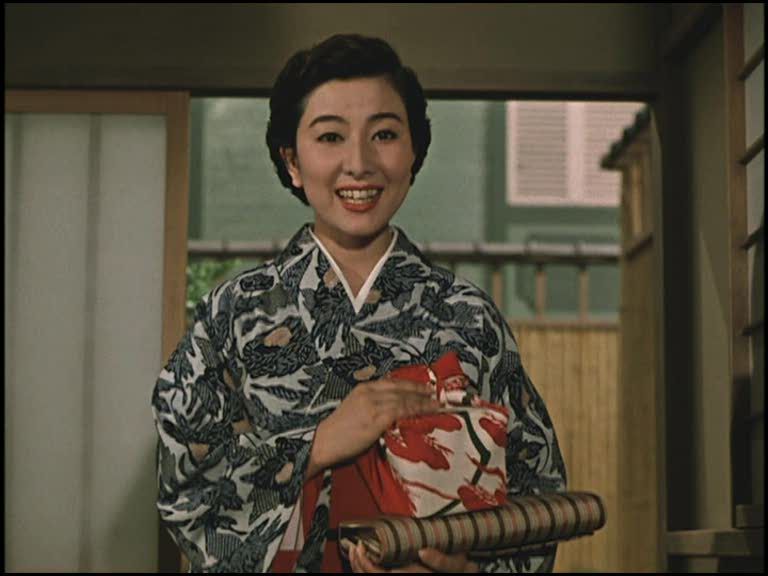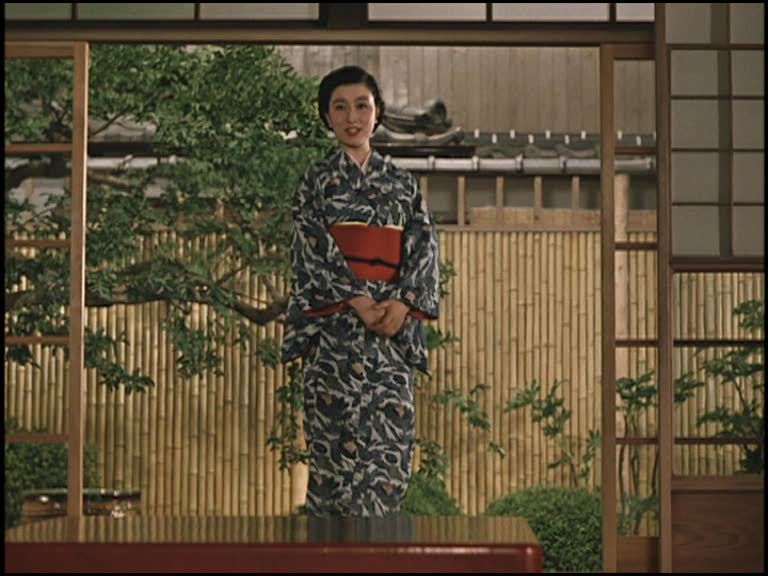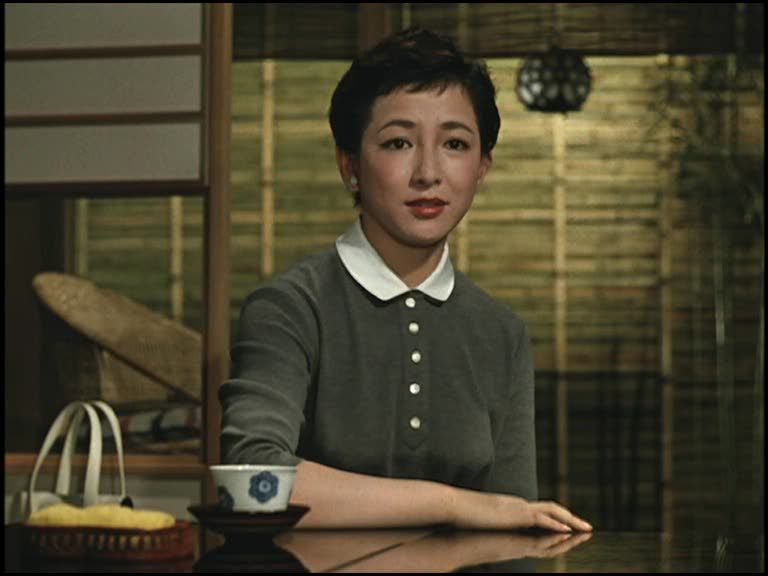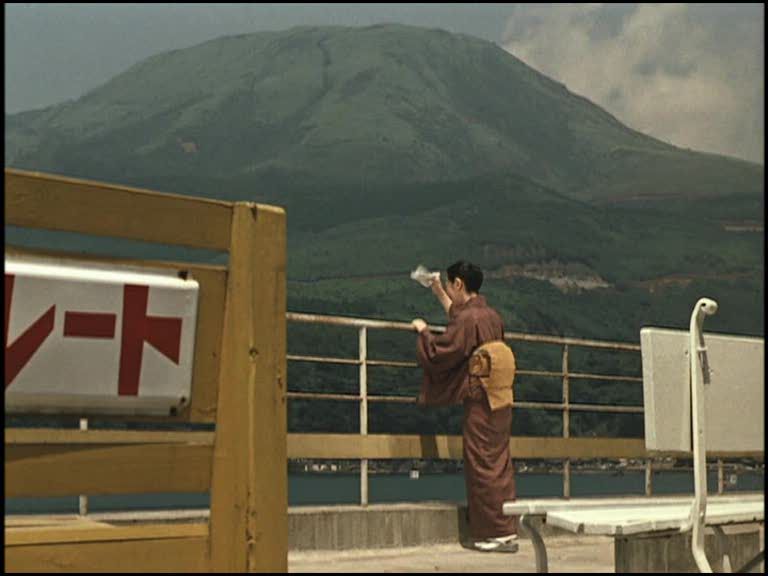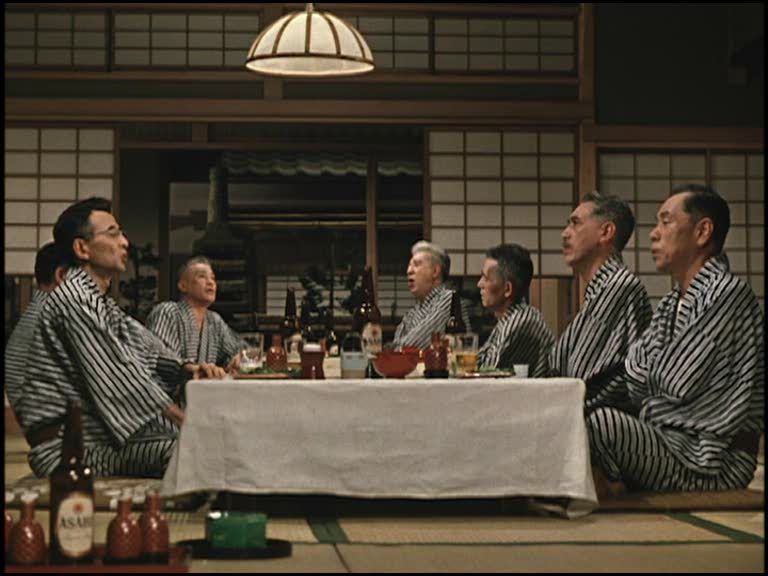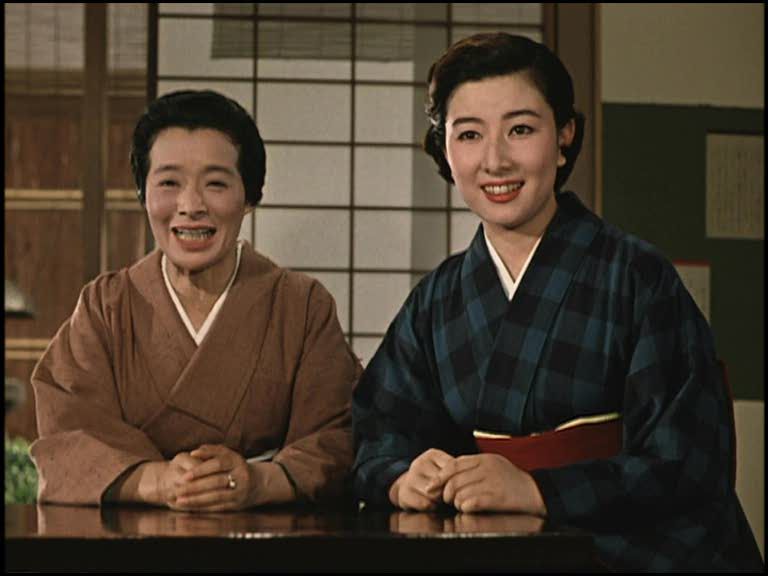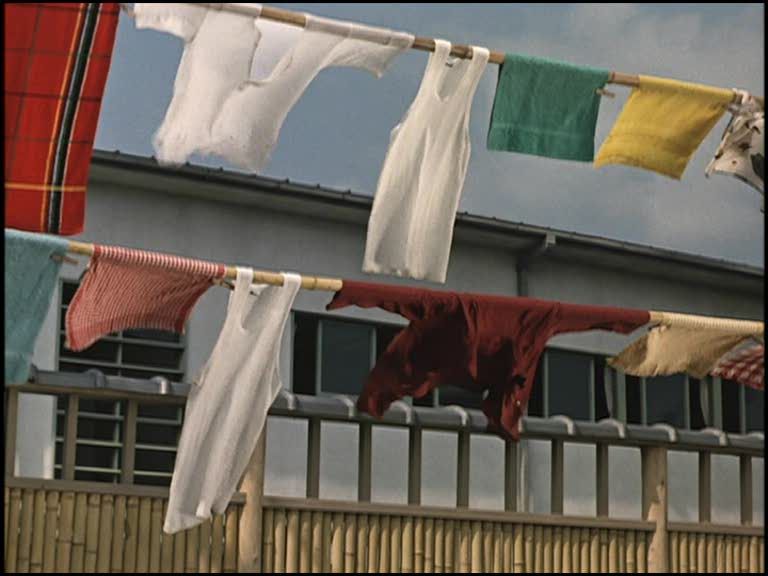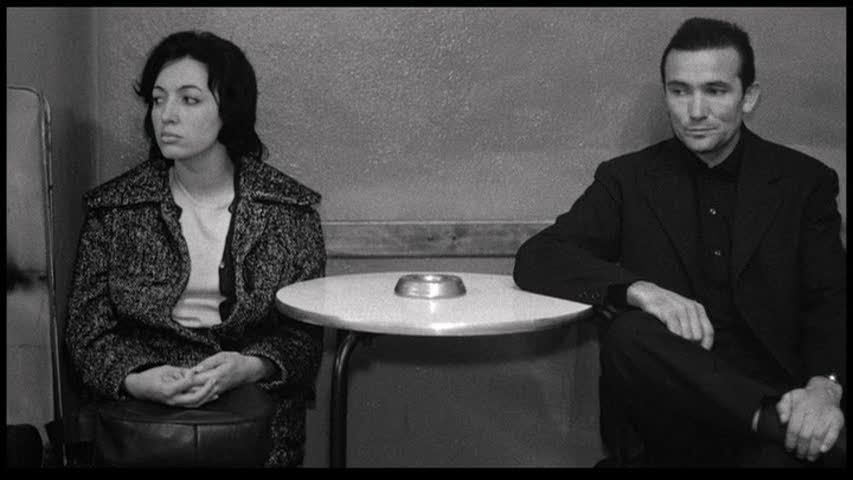
It is hard to imagine a better, more stirring and heartfelt tribute to the military spirit than John Ford's sublime, lovingly rendered She Wore a Yellow Ribbon. It is a love letter to the uniformed military man, and especially to the frontier men of the U.S. Cavalry, from a director who has always been enthralled by the army life. Ford loves the routine and ceremony of the army, he loves the salutes and formal language, he loves the rigidity of the formations and the close, affectionate bonds that form between the men. Most of all, though, he loves the look of things: the bright blues and golds of the uniforms, which never seem to fade no matter how dirty and dusty they get; the red and white standard flag held high above the ranks; the glint of the sun off the polished silver of a sword or a bugle. There's real poetry in Ford's representation of these men, an eye for the beauty of the military life that's almost entirely divorced from the facts of military combat and bloodshed. This is an idealized vision of the military, in which nearly nobody suffers so much as a wound; only one cavalryman actually dies on screen in the entire film, and it's a frequent occurrence for the troops to emerge from a fierce, violent battle only to announce, "no casualties."
Ford almost seems to prefer his military men when they're at rest and at peace, rather than in the middle of a battle. The most lovingly photographed sequences — and there are many, in a film where virtually every other frame is awe-inspiring — are simple shots of the cavalry riders winding through a valley beneath a towering rock, or scenes where the commanding officers inspect a line of troops in the morning. When the plot turns to the inevitable skirmishes with Indians, they seem almost perfunctory in comparison, though still exciting and dramatic. It's as though Ford knew he had to include them but did so only for the sake of that obligation. It is surely no coincidence that the film's narrative arc concerns halting a war rather than fighting one. This is basically a film about the desire for a peacetime army, which for Ford would surely be the ideal army: then one could admire all the shiny buttons and tight rows of men without the possibility of bloodshed and violence to interrupt the ceremony.

Ford's previous film about the cavalry, Fort Apache, acknowledged the harsh consequences of military service, accepting the darker side of military discipline and the possibility that vain, selfish commanders can needlessly waste the lives of blindly obedient young men. There is no trace of that subtext or anything like it here, in a film where obedience and respect for elders are the highest virtues a man can possess. This film is about the director's profound and unabashed love of the military and the men who serve in it as much as it's about anything. Indeed, there's little enough room in the film for anything else. It is a film almost entirely devoid of real drama, though there are plenty of smaller conflicts to suggest that drama might be somewhere over the horizon. The film centers on cavalry officer Nathan Brittles (John Wayne), a sixtyish man on the verge of entering a forced retirement; the army has decided he is too old and has entered his resignation for him. As he forlornly counts down the days, along with his jovial Irish sergeant Quincannon (Victor McLaglen), he is assigned one final mission: to escort his superior officer's wife and niece away from the fort while scouting out and chasing off the aggressive Cheyenne patrols encroaching into the area.
Brittles leads his men through dangerous territory towards the stagecoach waystation where they're supposed to drop off the womenfolk. Along the way, he has to keep peace between dueling lieutenants Cohill (John Agar) and Pennell (Harry Carey Jr.), who are sparring over the love of Olivia (Joanne Dru), one of the women they're escorting. Even this is something of a foregone conclusion; it's obvious that Olivia loves Cohill even though they often butt heads, and after a while the love triangle is defused without much fuss. Ford simply isn't interested in igniting too much drama here. He throws up only enough sparks to keep things interesting, to initiate opportunities for a character study of the opposing lieutenants: Cohill is stubborn and sometimes snarky but basically decent; Pennell is a spoiled, hotheaded rich kid who impulsively plans to quit the cavalry but eventually simmers down and settles into his secondary role. The film is much more about mood than narrative, and the plot basically boils down to the cavalry line leaving the fort, fending off several quickly paced Indian attacks, and then returning the way they came. It's an utterly and intentionally circular film, which is perhaps why the same striking rock formations from Ford's prized location of Monument Valley keep recurring, even when actions are obviously meant to be taking place in widely separated locations.

This setting is not, then, an accurate depiction of a Western frontier, but a patently artificial pastiche of archetypal Western images, with locations chosen not for geographical fidelity or logic but for their grand, imposing appearance. It is a film filled with overpowering vistas, frames evenly divided between the broad expanses of brown rock and green fields and the pale blue of the sky, alternately padded with fluffy cotton or darkened to a dirty gray with the roiling cloud masses of a thunderstorm. Within these gorgeous landscape shots, the cavalry lines advance, a row of tiny blue dots sketched across the red-brown rock. Ford's West is populated only with the West's grandest vistas, its most beautiful and awe-inspiring locations; there is no room for any plain, ugly expanse in Ford's conception of the West, no room for an image that does not impart a sense of the poetry that exists in simply walking or riding through this majestic scenery. When actual scenery doesn't suffice, Ford resorts to the even more obvious artificiality of a constructed set, like the red-tinted light washing over the plaster graveyard where Brittles mourns for his dead wife and daughters. If there is one thing Ford is definitively not trying to capture, it is realism, perhaps because any realistic evocation of this milieu would spoil the poetry and beauty with a great deal more blood. The only red he is interested in here is the glow of the sunset.
With this lyrical, meditative film, Ford has composed his ultimate ode to military virtues and the colorful, ceremonial splendor of uniformed life. There are occasional missteps, like the stirring, patriotic voiceover that opens the film and unexpectedly returns for the awkward, overly prolonged denouement. This narration is tonally wrong, though its words basically just reinforce the open admiration for the cavalry that is already there in every frame of the film. Ford hardly needs these words to say what he'd already spent nearly two hours saying: how magical the frontier was; how grand the military man was and is; how brave; how shiny his buttons.






